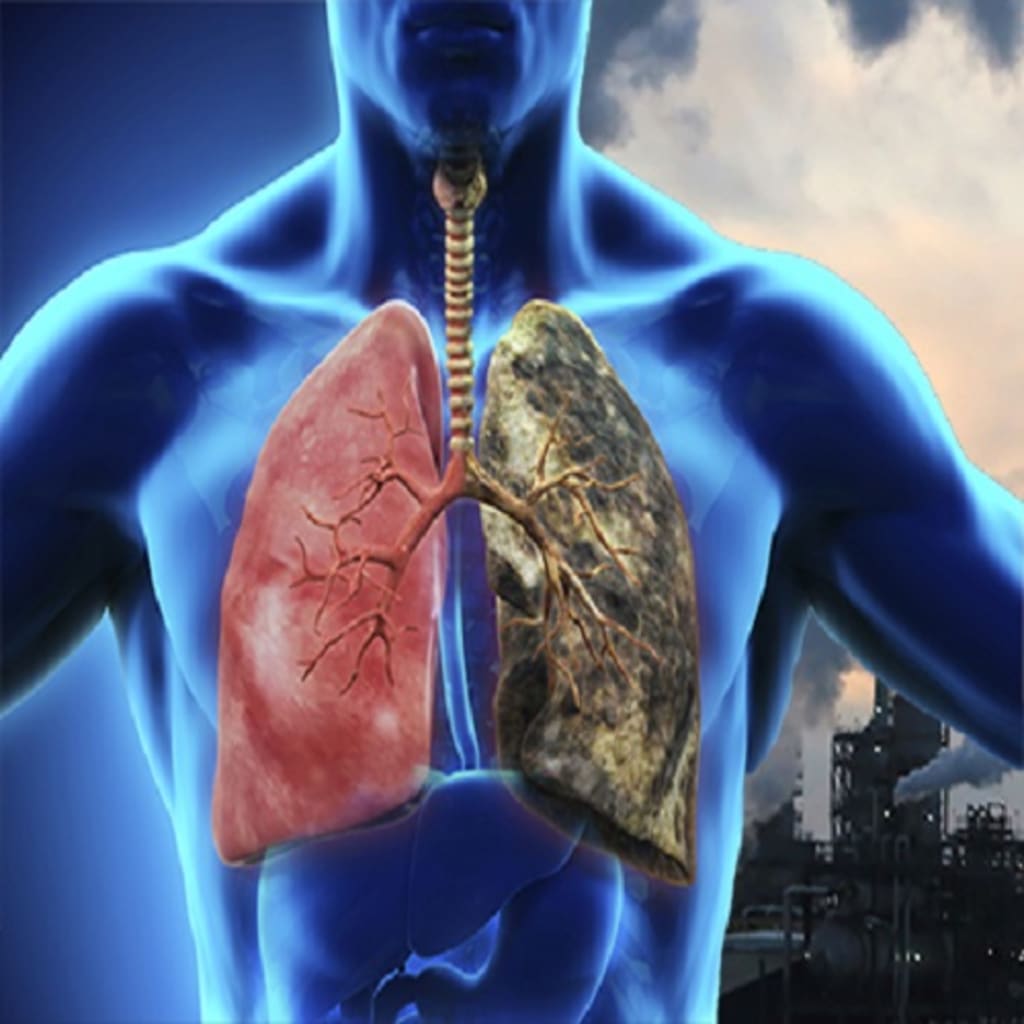Respiratory disease • Air pollution • Air quality index
Associations between air pollution and respiratory health

The air we breathe is essential for our survival, but it's not always as clean and pure as we would like it to be. Air pollution, a major concern worldwide, is inextricably linked to various health issues, with respiratory diseases at the forefront. In this blog article, we will explore the connection between respiratory diseases and air pollution while discussing the importance of the Air Quality Index (AQI) in understanding and mitigating the impact of poor air quality.
The Respiratory Disease Epidemic
Respiratory diseases, including asthma, chronic obstructive pulmonary disease (COPD), and lung infections, affect millions of people globally. The World Health Organization (WHO) estimates that over 4 million premature deaths annually can be attributed to respiratory diseases, and the majority of these cases are linked to exposure to polluted air.
The Link to Air Pollution
Air pollution, particularly in urban areas, is a leading cause of respiratory diseases. It's a complex mixture of pollutants, including particulate matter (PM2.5 and PM10), nitrogen oxides, sulfur dioxide, carbon monoxide, volatile organic compounds, and ozone. When inhaled, these pollutants can irritate and damage the respiratory system, leading to various health issues.
Particulate matter, for instance, can penetrate deep into the lungs, causing inflammation and increasing the risk of respiratory infections. Nitrogen oxides and volatile organic compounds can exacerbate conditions like asthma. Sulfur dioxide can cause coughing and wheezing. Long-term exposure to such pollutants is associated with the development and progression of chronic respiratory diseases like COPD.
The Role of the Air Quality Index (AQI)
To help the public understand and respond to air quality conditions, many countries have established Air Quality Index (AQI) systems. The AQI is a numerical scale that provides information about the level of air pollution and its potential health effects. It categorizes air quality into several color-coded levels, ranging from "Good" to "Hazardous."
Good (0-50): Air quality is satisfactory, and air pollution poses little or no risk.
Moderate (51-100): Air quality is acceptable; however, there may be a concern for some people who are unusually sensitive to air pollution.
Unhealthy for Sensitive Groups (101-150): Members of sensitive groups, such as children, the elderly, and individuals with preexisting respiratory conditions, may experience health effects. The general public is less likely to be affected.
Unhealthy (151-200): Everyone may begin to experience health effects; members of sensitive groups may experience more serious health effects.
Very Unhealthy (201-300): Health alert: everyone may experience more serious health effects.
Hazardous (301-500): Health warning of emergency conditions. The entire population is more likely to be affected.
The AQI provides valuable information for individuals and communities to make informed decisions. When the AQI is in the "Unhealthy" or "Hazardous" range, it is advisable to limit outdoor activities, especially for sensitive groups. People can also take measures such as using air purifiers, wearing masks, and reducing car travel to minimize exposure to poor air quality.
Preventing Respiratory Diseases
Preventing respiratory diseases in the face of air pollution is a collective effort. Individuals can protect themselves by monitoring the AQI, staying informed about air quality conditions, and taking necessary precautions. Reducing exposure to indoor pollution, like tobacco smoke and household chemicals, is equally important.
Governments and communities should also work together to reduce air pollution at its source. This involves implementing policies to reduce emissions from vehicles, industrial processes, and power plants, promoting cleaner energy sources, and supporting public transportation and active modes of commuting like biking and walking.
Conclusion
Respiratory diseases and air pollution are closely intertwined, with air pollution being a major contributor to the prevalence of these diseases. The Air Quality Index (AQI) plays a crucial role in helping individuals and communities understand and respond to air quality conditions. By raising awareness, taking preventive measures, and advocating for cleaner air, we can work towards a healthier, more breathable future for all.
About the Creator
Enjoyed the story? Support the Creator.
Subscribe for free to receive all their stories in your feed. You could also pledge your support or give them a one-off tip, letting them know you appreciate their work.





Comments
There are no comments for this story
Be the first to respond and start the conversation.